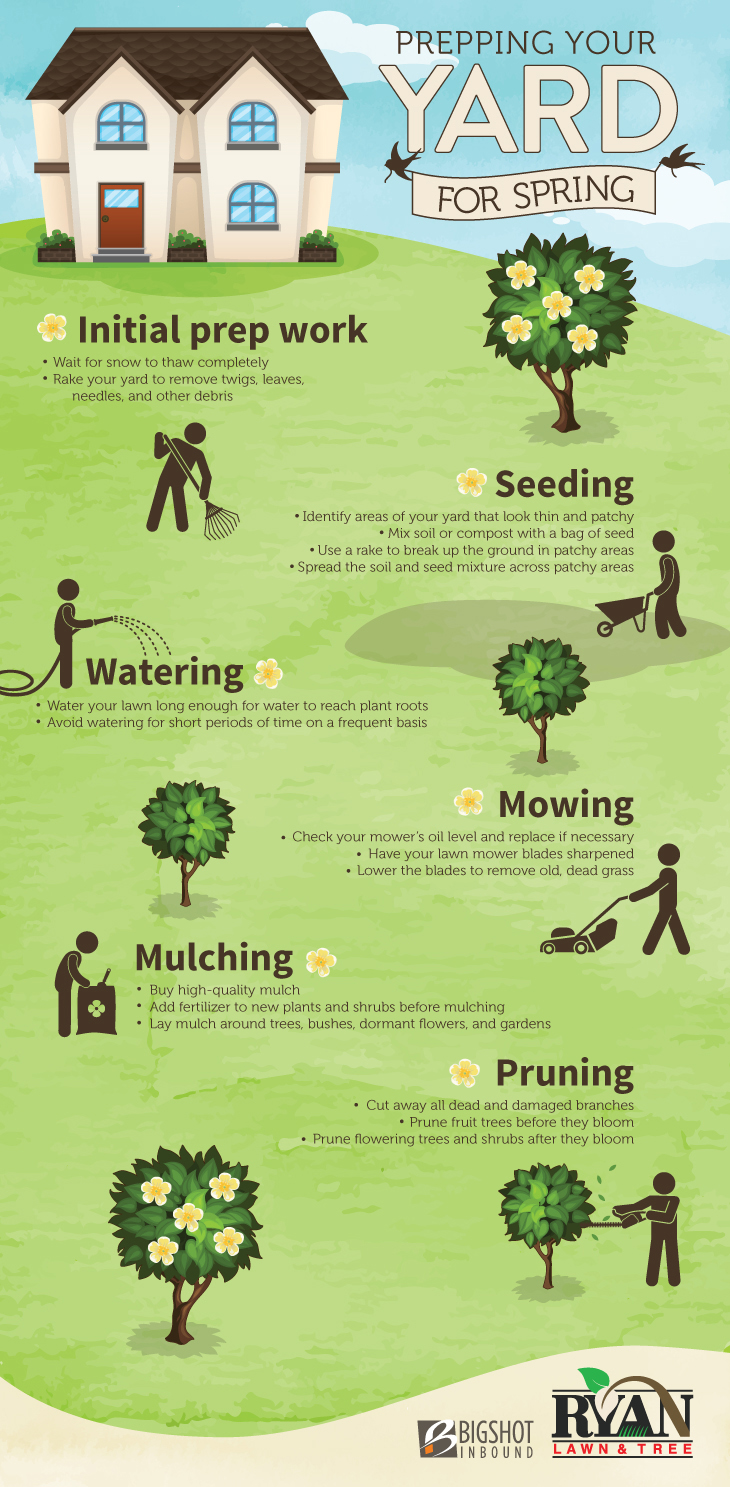Post-Tree Removal Upkeep: Reliable Techniques For Landscape Restoration
Post-Tree Removal Upkeep: Reliable Techniques For Landscape Restoration
Blog Article
Produced By- https://removestumpwithaxe73838.blogsidea.com/41741597/study-the-important-actions-associated-with-tree-stump-removal-and-discover-the-primary-elements-that-may-impact-your-selection-to-proceed
After a tree's removal, your landscape may look rather different, and it's vital to analyze the results meticulously. You'll wish to review the soil disturbance and check surrounding plants for any kind of indications of tension. Ignoring these factors can cause bigger issues down the line. So, what should you finish with those stumps and roots? And how do you choose the best plants for your revitalized space? Allow's explore these vital steps.
Analyzing the After-effects: Evaluating Your Landscape
After a tree elimination, it's important to evaluate your landscape to recognize the effect it carries your backyard.
Begin by taking a look at the area where the tree stood. Try to find signs of dirt disruption, and inspect the bordering plants for any type of stress or damages.
You should also remember of just how the elimination has transformed sunshine direct exposure and air movement in your yard. This change can influence the development of close-by plants, so it's vital to review their health.
Take into consideration the visual aspects as well; the elimination may develop an open space that you can upgrade.
Finally, consider any type of potential disintegration concerns that may occur from the tree's absence. Resolving these aspects early will help restore balance to your landscape.
Dealing With Stumps and Roots: Choices for Elimination
As soon as you've analyzed the aftermath of the tree elimination, you'll likely need to deal with the stump and origins left behind.
You have a couple of options for removal. One effective method is stump grinding, where a professional utilizes a maker to grind the stump down to below ground level. This method leaves marginal disruption to your landscape.
If you favor a DIY approach, you can use a mix of excavating and chemical stump cleaners. Simply remember, this procedure can take time and initiative.
Conversely, take into consideration leaving the stump as a natural function, which can act as an one-of-a-kind garden aspect or habitat for wildlife.
Whatever you select, addressing the stump and origins is important for recovering your landscape.
Selecting the Right Plant Kingdoms for Your New Room
As you examine your newly removed area, picking the right plants can significantly boost your landscape's appeal and functionality.
Start by taking into consideration the sunlight and dirt problems. For bright areas, choose drought-resistant plants like lavender or succulents. In shaded just click the up coming document , ferns and hostas flourish well.
Think of the size and growth routines of your plants; mix perennials and annuals for seasonal range. Don't forget to include indigenous species; they call for much less upkeep and support local wild animals.
Team plants in weird numbers for a more all-natural look and produce layers for visual depth.
Finally, ensure you have a mix of shades and textures to maintain your landscape dynamic throughout the periods.
Pleased planting!
Final thought
Finally, recovering your landscape after tree removal is a gratifying procedure. By evaluating the aftermath, attending to stumps and origins, and selecting the right plants, you'll develop a flourishing environment. Don't fail to remember to integrate disintegration control procedures to secure your dirt. With a little initiative and care, you can change your space into a vibrant garden that improves your property. Embrace the opportunity to rejuvenate your landscape and enjoy the charm of nature right in your yard!
